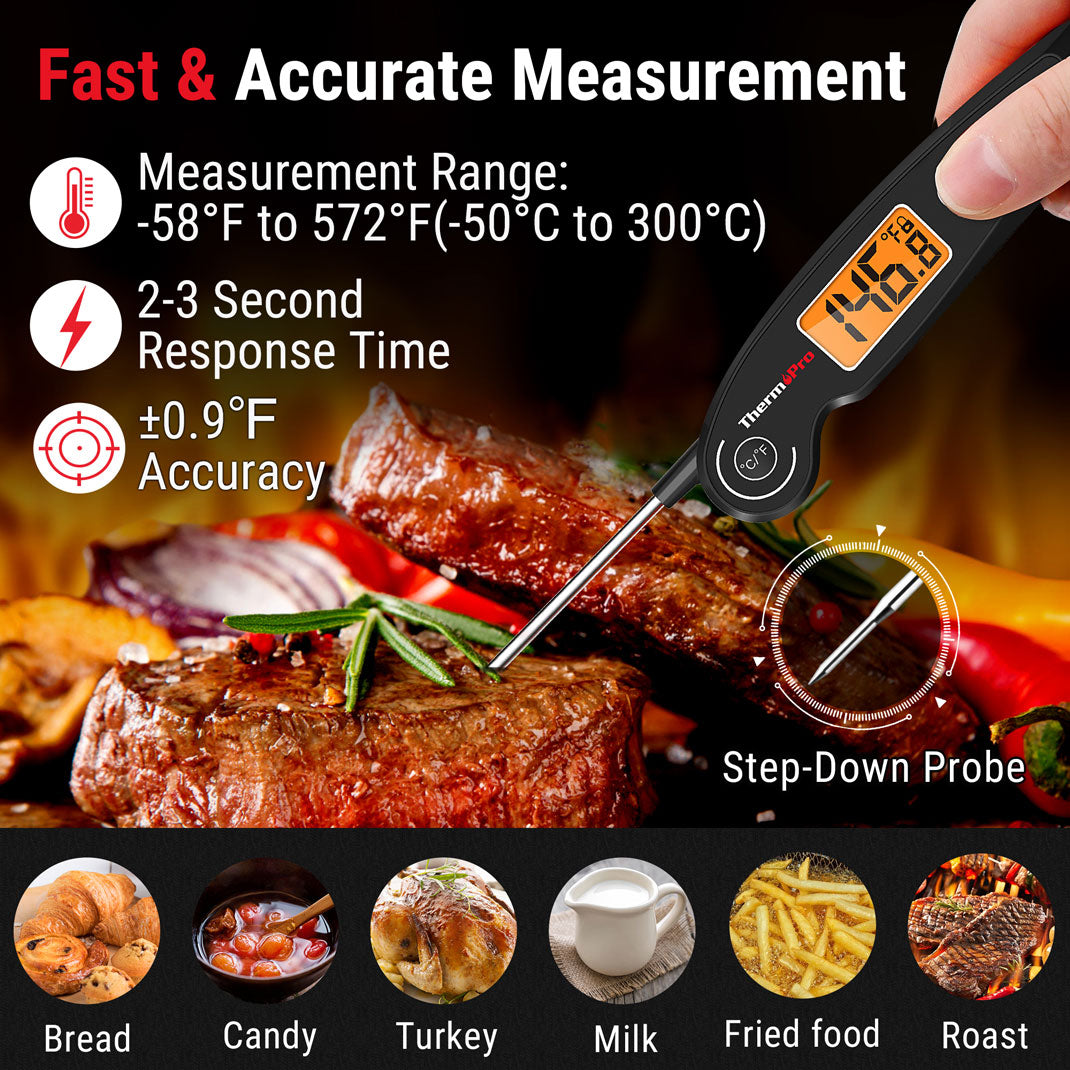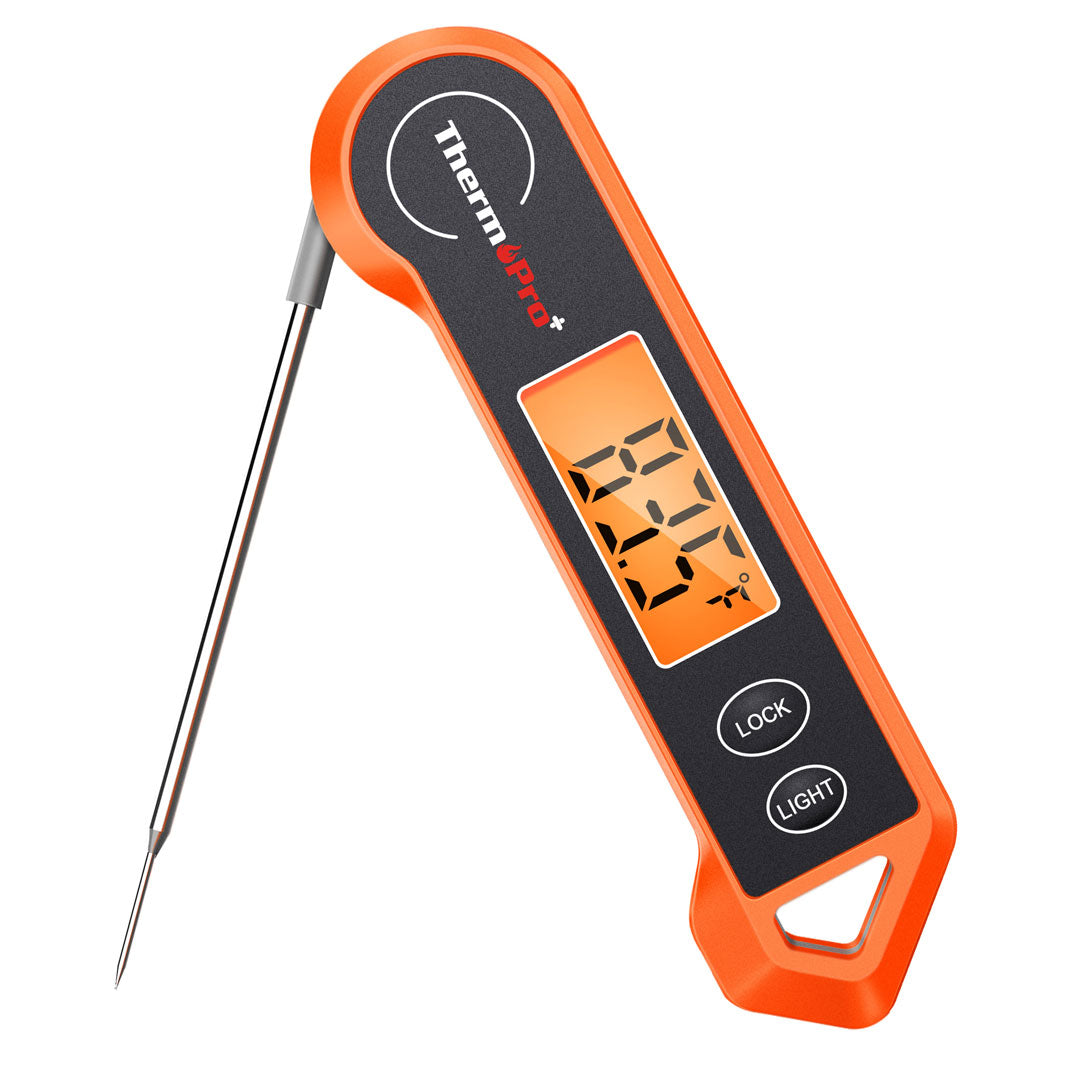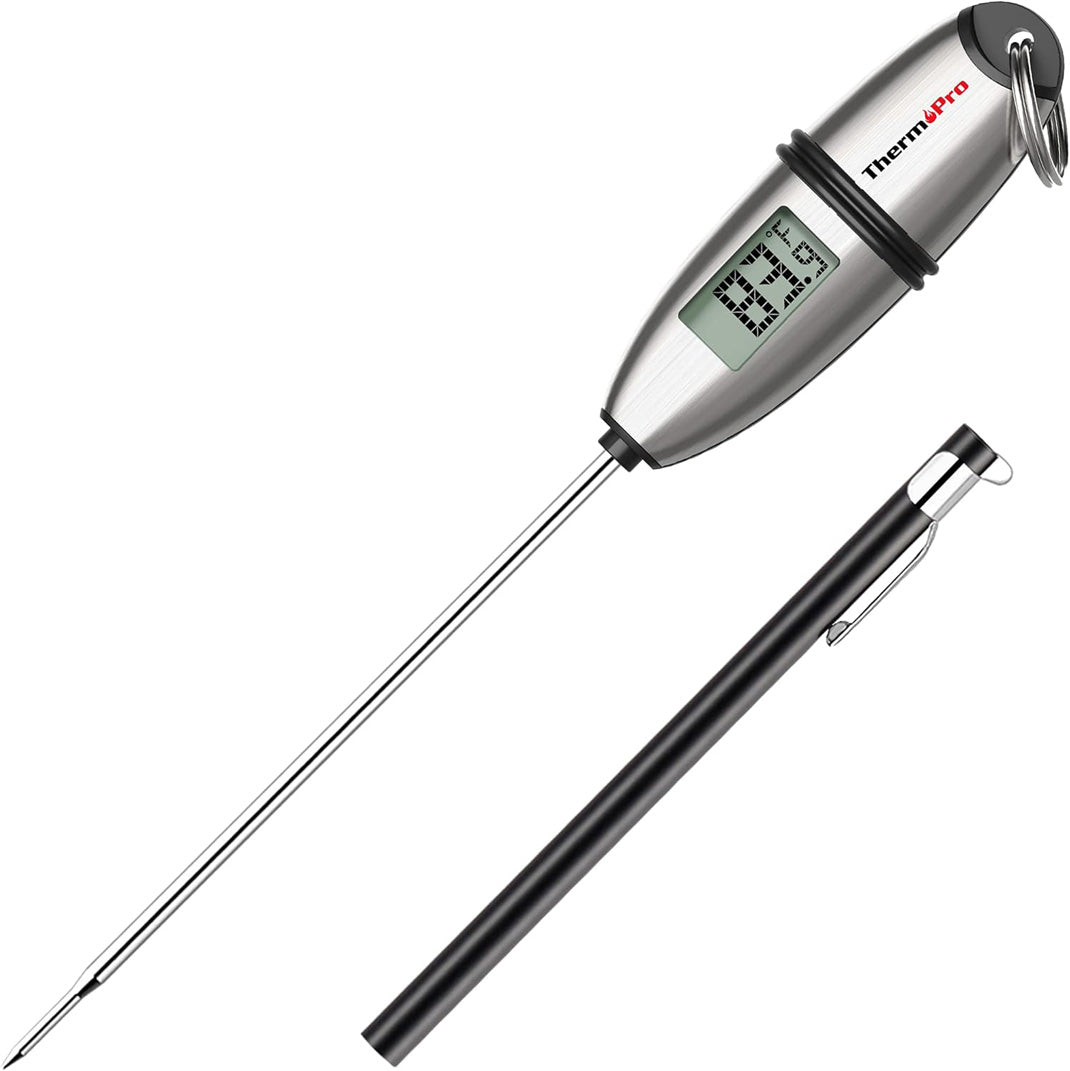How To Reduce Food Waste Like a Master | 14 Must-Known Tips






 288 Comments
288 Comments
Last week, while I was cleaning my fridge, I noticed how much edible food was going to waste. That’s when I decided to change my habits and reduce food waste.
If you have been facing a similar scenario, don’t worry; it can be controlled. It’s a big challenge that is impacting the globe. Almost one-third of produced food is lost or wasted between the farm and the fork, which makes it almost one billion tonnes.
Imagine how much food could have been saved and reached the person in need if it wasn’t wasted. Thus, understanding the gravity of food waste is crucial to saving every tiny bit. But how do you reduce food waste?
In this blog, we will look at how you can reduce food waste so that it can reach people in need or be used in an effective way.
Understanding Food Waste
What Is Food Waste?
Before knowing ways to reduce food waste, it is crucial to understand “food waste” itself. Food waste refers to leftovers not consumed by humans but recycled or thrown away. It occurs at various levels, from harvesting to shopping, storing, cutting, cooking, and eating.
For instance, you buy a bag of fresh carrots for one meal. Instead, you end up buying more than needed. When you store them, they become lumpy and lose their freshness, and you may decide to throw one or two away, which are worse than others. Now it’s cutting and peeling time to prepare them for a meal.
You cut off the ends, peel them, and throw those peels away when they could have been used in a soup. Now it’s the time to cook, and the quantity is more than you need, so you decide to store it. However, they are left uneaten, and you have to throw all of them away.
See how much waste is produced just from one meal. Now imagine if this is the waste produced by billions of people; where would it lead?
This problem cannot be directed towards one variable; instead, it is multi-faceted. Therefore, it needs a deeper level of understanding which leads to the pathway of food waste reduction.
Benefits of Reducing Food Waste
Household Savings
In the US, approximately $2000 is lost annually by a family through uneaten food. This means you can directly save money by actually learning how to reduce food waste. Properly planning your meals and buying only necessary items will reduce food waste and save you a lot of money, which can be invested in your household.
Reduced Disposal Costs
Did you know it costs a lot to dispose of unwanted or uneaten food, including trash collection and landfill? If you buy exactly what you and your family will eat, you can reduce food waste, money, and disposal costs. In short, less food waste means less cost.
Increased Business Efficiency
By reducing food waste, companies working in the retail or food service sector can save a fortune, enabling the profit to reach the highest margin. It cuts down the purchasing cost and waste disposal fee leading to more effective operations with better financial performance.
Tax Incentives
Businesses that donate unused or uneaten food can be saved from tax deductions. This is advantageous because it enhances corporate social responsibility and saves finances.
Lower Greenhouse Gas Emissions
When food items, like vegetables and fruits, decompose, they release methane and other greenhouse gasses into the atmosphere, adversely affecting our surroundings.
Thus, by reducing the amount of food we throw away, we can significantly reduce the emission of greenhouse gasses into the environment, which can fight against climate change.

Conservation of Resources
It is estimated that about a quarter of all water used in agriculture is used to produce food that is ultimately wasted. Producing food that ends up as waste consumes water, energy, and labor, and it is a loss of food and resources.
Reducing food waste makes sure that the resources used to harvest, store, and cook food are not expended in vain.
Biodiversity Preservation
To conserve natural habitats and biodiversity, we can reduce the area of land used for agriculture. In this way, there would be less pressure on ecosystems to convert to agricultural spaces, thus preventing deforestation and loss of biodiversity due to less waste during eating.
Enhanced Food Security
This means that if proper resource management can be brought about, enough food can be made available for consumption. Uneaten or leftovers are donated to those in need, providing food security in poorer areas.
Tips for Reducing Food Waste
Inventory Management
The first step in preventing food waste is tracking what you already have before shopping. This habit will prevent buying items you already own, leading to reduced food waste by avoidance of duplication purchases.
Effective Meal Planning
Planning meals helps reduce food waste. This is done by knowing what to prepare and in what quantities; therefore, maximum usage of food with minimal leftovers helps address other significant ways to reduce food waste in every meal planning.
Safe Leftover Storage
If you are aware of the effective ways to store food, your food might be well-spent, leading to extended shelf life. Freezing leftovers that will not be used within days and labeling them will ensure they find their way into use and are well-spent in case someone has forgotten where it was left. That’s one strategy that can lead to reducing food waste.
Purchasing Ugly Produce
Another practical measure would be to buy only the misshapen-looking but perfectly edible fruits and vegetables. The ugly fruits and vegetables ultimately end up in waste; thus, promoting them is the direct answer to preventing food waste.
Composting
Turning kitchen scraps into compost reduces food waste and offers healthy soils. Backyard composting is one example of a sustainable practice to reduce food waste through the use of food scraps.

Innovative Use of Leftovers
Creativity also plays a significant role in reinventing how leftovers can be used. It is reflected in the soups created from wilted vegetables or casseroles developed from lots of leftovers, thereby showing how creativity in the kitchen cuts food wastage.
Read More: Delicious Thanksgiving Leftover Turkey Recipes
Understanding Expiry Dates
Misinterpretation of ‘best before’ and ‘use-by’ dates often results in premature disposal. If we knew what these dates meant, food waste would be dramatically reduced, and indeed, there is undoubtedly a clear answer about how you cut unnecessary waste.
Using Proper Cooking Technologies
With kitcjen tools like a ThermoPro Lightning One-Second Instant-Read Meat Thermometer, your meat would always be cooked just right- thus avoiding any form of wastage from overcooking or even raw food, and always consistent with the advice on minimizing food waste.

Food Donation
One of the best ways to cut into waste that would otherwise end up in a landfill is donating food waste to your local food bank or community center. This will benefit those who can use it, and it’s a more community-based solution in terms of how you may reduce food waste.
Shop with Precision
The best thing to do is write it down on the shopping list, and avoiding impulsive buys would help reduce food waste. But this kind of discipline only ensures what you are going to use addressing how to reduce food waste by preventing surplus inventory at home.
Portion Control
Serve fewer portions so that they are consumed and not wasted. If there’s a need for more food, it can be added, but this eliminates the waste of food not consumed on the plate.
Educate Yourself and Others
Even ripple effects can be obtained from the influence of friends and family on limiting food waste, storing food items, or even the environmental impact of waste food.
Repurpose Food Scraps
Instead of throwing food out, you can make stocks or put some into the compost if they are usable. This is a healthy way to save much on groceries and reduce food waste.
Frequent Smaller Shops
Shop more often and buy less, so your food will likely improve. This method is excellent for perishable products, directly applying the concept of reducing food waste by not buying more than you need for a short time.
FAQs
How do we reduce food waste?
Check your fridge regularly to know what needs to be consumed, and reduce food waste by eating or freezing. And if you have more than you need, then donate to your local food pantry.
What can I do with food waste?
Home composting can effectively reduce food waste, including using peels of fruits, tea bags, coffee grounds, and eggshells. However, you should not cook food, fish, meat, or dairy in your compost bin. You can find the ThermoPro Lightning Instant Read Thermometer, using which you can make sure you will never waste a single chunk.

What is food waste management?
Food waste management deals with the measures applied to reduce food waste by preventing, recovering, and recycling safe food for human consumption. Still, it yet ends up being wasted or thrown away.
Why do we reduce waste?
Reduce food waste to reduce waste levels, decrease greenhouse gasses, save energy, and conserve natural resources for a protected environment while keeping the economy.
Final Words
Don’t just cook; cook smartly! The ThermoPro Lightning Instant Read Thermometer helps you precisely measure food temperatures, ensuring you never overcook or waste food again.
Make an informed decision in your kitchen by checking out the detailed product features and user guide here, and purchase ThermoPro Lightning to reduce food waste today at ThermoPro.
Take a closer look at the user manual here to discover all the features and benefits. Ready to make a smart, sustainable choice?
Visit ThermoPro Shop today to get your own ThermoPro Lightning and take the first step towards a more informed and waste-free kitchen experience.






















